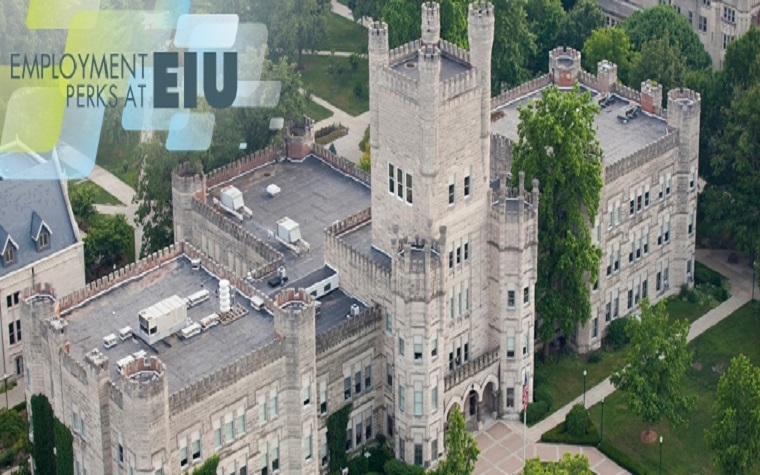The $20 million in stopgap funding recently approved for some
Illinois universities and colleges will do nothing to mend the
underlying problems facing the schools, a Chicago nonprofit group
told the Higher Education Tribune.
The latest move to keep higher education institutions afloat in a
state awash in debt and in a near two-and-a-year-half-year budget
impasse follows a massive $600 million injection in April 2016 --
money paid in the absence of normal budget appropriations.
The bulk of the stopgap money, $17 million, will be divided among
three universities: Chicago State, Western Illinois and Eastern
Illinois. Community colleges will share the remainder.
“I believe what is really needed are major reforms at the
universities,” Ted Dabrowski, vice president of policy at the
Illinois Policy Institute, a right-leaning think tank, said. “Right
now, when you talk about funding from the state you have to really
question and look at how they are spending money.”
Pay and pensions have ballooned in recent years, with tuition fees
increasing 100 percent over the last decade, Dabrowski said. He
argues that students are not really benefiting.
“Look at what they are spending on: too much administration,
pensions and executive pay,” he said. “The money is not going to
the classroom, and Illinois students are even moving outside the
state.”
The institute estimates that 50 percent of university
appropriations from the capital in Springfield are for pensions.
“People think less money is going to colleges, but that is not
true,” Dabrowski said. “It is just that less is going into the
classroom.”
Beyond reforming college administrations and adjusting pay and
pensions, the state needs to consider closing and amalgamating
campuses.
“There are a lot of ineffective programs, and it is a big drag
across the system,” Dabrowski said.
Members of the Illinois Board of Higher Education voted
unanimously to approve the latest funding, with the money becoming
available following the signing of a stopgap plan by Gov. Bruce
Rauner in June 2016.
"We are very happy there was a resolution because these funds
allow the university to continue the rebuilding process and continue
to provide quality education for our students," Cecil B. Lucy,
interim president of Chicago State, told the Chicago Tribune.
"Anything more than a dollar that we didn't have before
helps,” he said. “This helps with our cash flow. We will continue
the operations of the university without interruption."
Matt Bierman, interim vice president for administrative services
and budget director at Western Illinois, told the Tribune that
the funding would be used for payroll and operating costs that will
tide the university over until March 2017.
To receive the funding, the universities had to prove they faced a
financial emergency by submitting financial reports, including cash
flow statements and pending debt payments.
Financial flaws at Illinois colleges called too deep for easy fix


 Alerts Sign-up
Alerts Sign-up